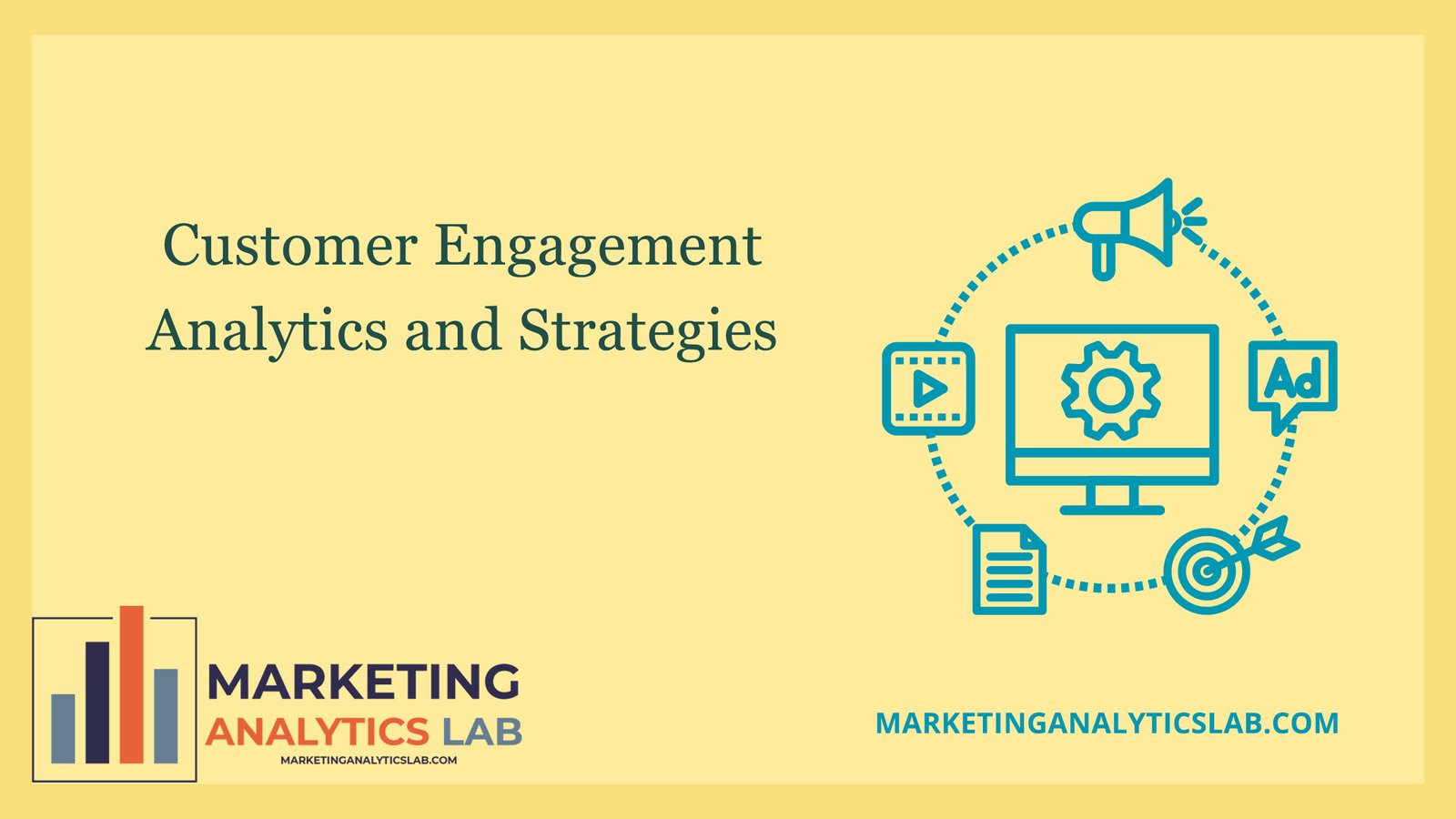Introduction
In today’s hyper-competitive marketplace, understanding customer engagement is more crucial than ever. Companies are leveraging customer engagement analytics to gain insights into customer behavior, preferences, and interactions, allowing them to enhance their offerings and foster stronger relationships with their customers. This article delves into the concept of customer engagement analytics, its significance, the tools and techniques used, and effective strategies to enhance customer engagement.
Understanding Customer Engagement
Customer engagement refers to the interaction and relationship between a brand and its customers throughout the customer lifecycle. It encompasses various touchpoints, including marketing communications, customer service, and product usage. High levels of customer engagement lead to increased loyalty, advocacy, and ultimately, improved financial performance.
Importance of Customer Engagement Analytics
- Data-Driven Decision Making: Analytics allows businesses to make informed decisions based on real-time data rather than assumptions.
- Personalization: By analyzing customer interactions, brands can tailor their communications and offerings to meet individual preferences, enhancing the customer experience.
- Customer Retention: Understanding engagement metrics can help identify at-risk customers and implement retention strategies.
- Enhanced ROI: Targeted marketing efforts, informed by analytics, often yield better returns on investment.
- Competitive Advantage: Companies that effectively leverage customer engagement analytics can differentiate themselves in crowded markets.
Key Metrics in Customer Engagement Analytics
To gauge customer engagement effectively, organizations need to focus on several key metrics:
- Customer Lifetime Value (CLV): Measures the total revenue a customer is expected to generate during their relationship with a brand.
- Net Promoter Score (NPS): Assesses customer loyalty by asking customers how likely they are to recommend a brand to others.
- Engagement Rate: Calculates the level of interaction a customer has with a brand, often measured through likes, shares, comments, or time spent on a platform.
- Churn Rate: Indicates the percentage of customers who stop using a product or service within a given timeframe.
- Customer Satisfaction Score (CSAT): Measures customer satisfaction with a specific interaction or overall experience.
Tools for Customer Engagement Analytics
- Customer Relationship Management (CRM) Systems: Tools like Salesforce and HubSpot help track customer interactions, preferences, and behaviors.
- Social Media Analytics Tools: Platforms such as Sprout Social and Hootsuite offer insights into customer engagement on social media channels.
- Web Analytics: Google Analytics and similar tools provide data on website traffic, user behavior, and conversion rates.
- Email Marketing Platforms: Tools like Mailchimp and Constant Contact allow businesses to analyze email engagement metrics, such as open rates and click-through rates.
- Customer Feedback Tools: Platforms like SurveyMonkey and Qualtrics facilitate the collection and analysis of customer feedback and sentiment.
Strategies for Enhancing Customer Engagement
1. Personalization
Leveraging data to provide personalized experiences is a cornerstone of effective customer engagement. Brands can use analytics to tailor communications, product recommendations, and marketing messages based on individual customer behavior and preferences.
2. Omnichannel Engagement
Customers interact with brands across multiple channels. An omnichannel approach ensures a seamless experience regardless of the platform. Companies should use analytics to understand customer journeys across channels and optimize interactions accordingly.
3. Content Marketing
Creating valuable, relevant content helps to engage customers and keep them coming back. Businesses should analyze which content types resonate most with their audience and tailor their content strategy accordingly.
4. Proactive Customer Service
Utilizing analytics to identify potential issues before they escalate can enhance customer satisfaction. Implementing chatbots and AI-driven support systems can provide timely assistance, fostering positive customer experiences.
5. Community Building
Encouraging customer interaction through forums, social media groups, or user-generated content can create a sense of community. Analytics can help identify active participants and nurture relationships with them.
6. Feedback Loops
Actively seeking and responding to customer feedback can enhance engagement. Implementing surveys, polls, or reviews allows customers to feel heard and valued. Analytics can help track sentiment changes over time and inform improvement areas.
7. Loyalty Programs
Implementing loyalty programs based on customer behavior analytics can incentivize repeat purchases. Tailoring rewards to individual preferences can increase participation and engagement.
Conclusion
Customer engagement analytics is not just a trend; it is an essential component of modern business strategy. By leveraging data-driven insights, companies can enhance customer experiences, foster loyalty, and drive growth. The strategies outlined above, when implemented effectively, can help businesses not only meet but exceed customer expectations in an ever-evolving landscape. As technology continues to advance, the importance of understanding and optimizing customer engagement will only grow, making it imperative for brands to stay ahead of the curve.

